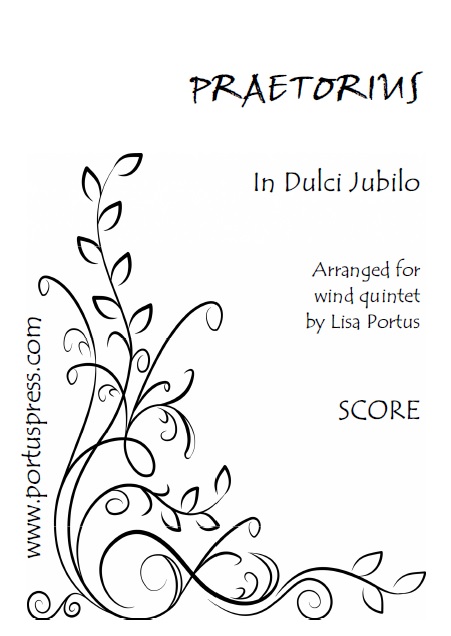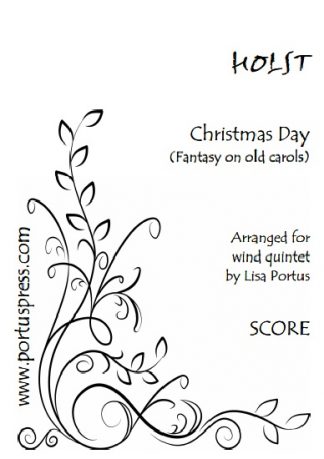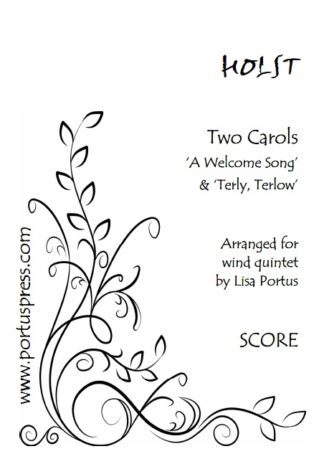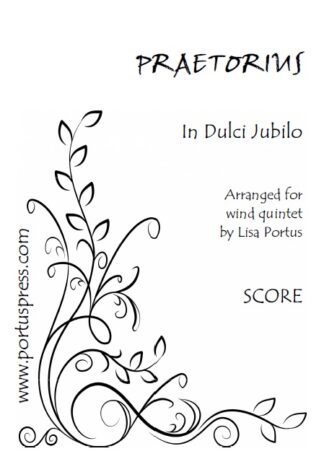Description
The Christmas carol In dulci jubilo (Latin for “In sweet rejoicing”) is probably German in origin and dates back to at least the early 14th century. Michael Praetorius (1571-1621) wrote quite a number of settings of the carol including a version for double choir. It was published in 1607 in the second volume of his Musæ Sioniæ with lyrics in macaronic text – that is in a mixture of Latin and German. In this arrangement for wind quintet Praetorius’s original eight voices have been reduced to five, whilst retaining the playful and joyous polyphonic textures and dialogues.
Over the centuries many translations have been produced – including one by J.M. Neale which is known as Good Christian Men, Rejoice. Robert Pearsall’s 1837 macaronic translation is regularly featured in King’s College’s Nine Lessons and Carols. Other composers have since used the melody in their own compositions including Buxtehude, Bach, Liszt, Holst (in his 1910 choral fantasy Christmas Day – also arranged for wind quintet and wind quartet) and, more recently, in an instrumental rendition by Mike Oldfield, which reached number 4 in the UK Singles Chart in 1976.






